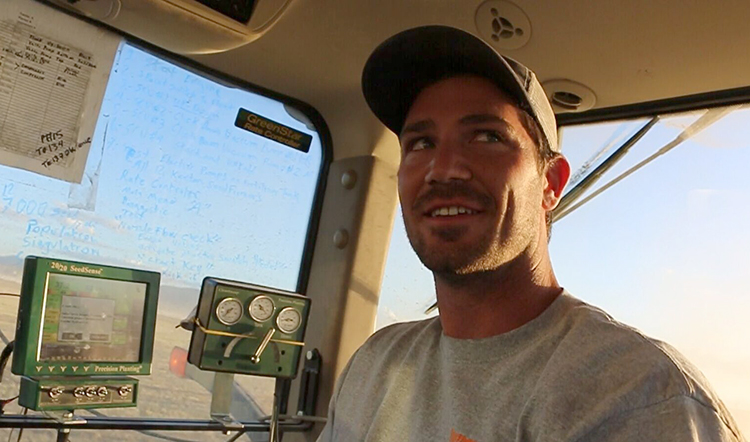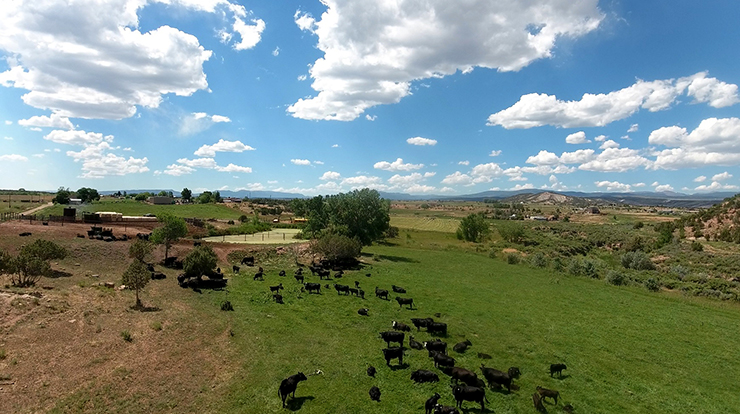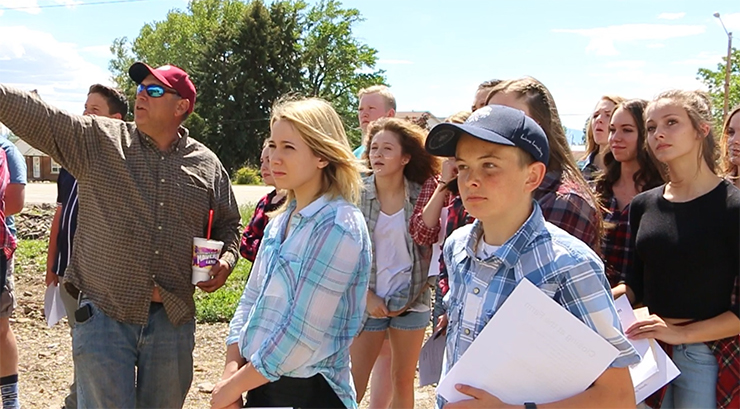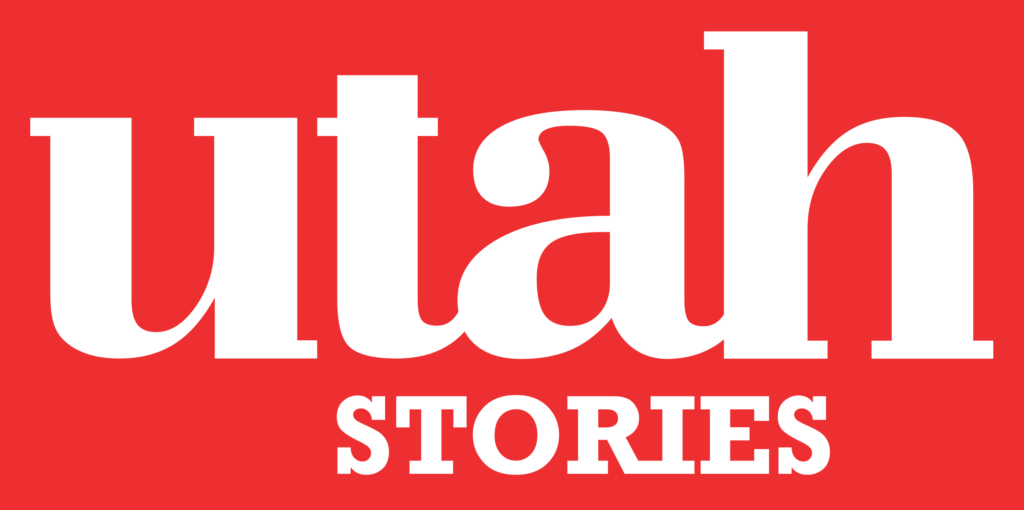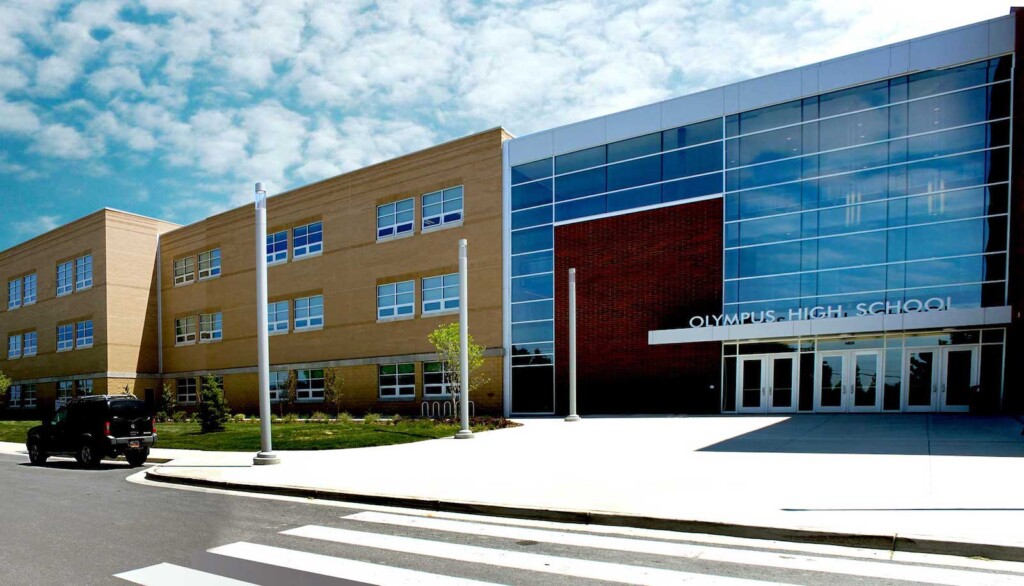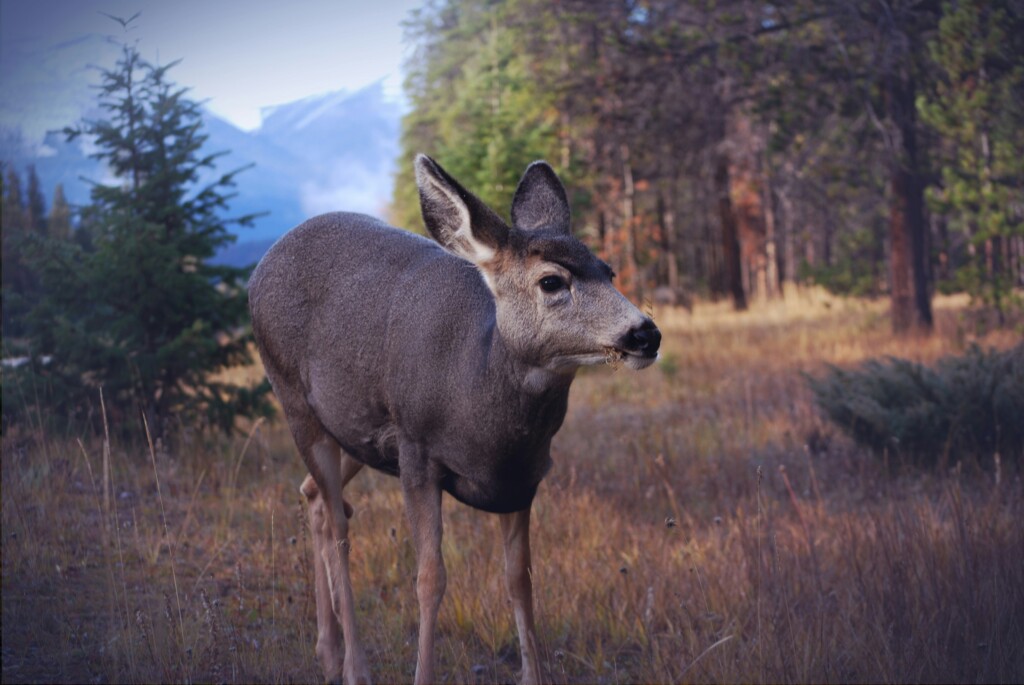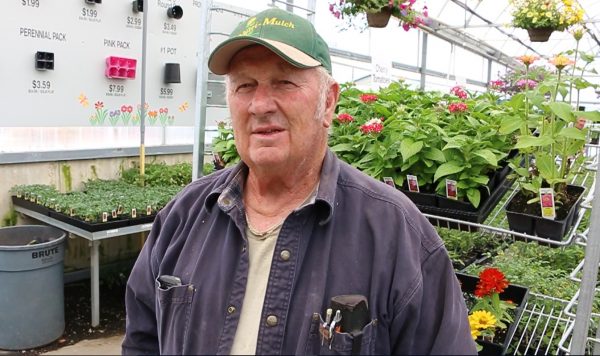
This past summer, Utah Stories toured our fine state to examine agriculture on farms both small and large to answer some basic food questions: How is our food produced? Where does it come from? And what is going to happen if we continue to build over much of our best farmland in order to sustain a growing population?
Thousands of acres of Utah farmland are developed each year and sadly, it’s the very best farmland that is often developed. At the base of the Wasatch Range is an alluvial fan that offers rich soil and ideal growing conditions protected from harsh winds and weather by the mountains. It is this land that is nearly gone. For several years we have followed the story of farmers in Vineyard, Utah as they are doing everything they can to farm in one of the fastest growing areas in Utah County.
The Cook’s Farm and Green House, and Grant Holdaway, have survived the years due to a very loyal customer base, and their decision to convert portions of their farming operations to greenhouse production.
We have found perhaps the greatest disconnect between what our State and local leaders are doing and what residents prefer. Spearheaded by Governor Gary Herbert’s policies of ever-widening the I-15 freeway corridor, farmland continues to disappear at an alarming pace. One farmer told me that Herbert has never seen a farm where he didn’t imagine a better economic use for the land. We hear all the great news about Utah’s robust economy without questioning why we are building over much of what makes our state desirable and livable. It is only in the interest of driving up economic numbers so that our Governor and economic leaders can boast?
Paving over our local food supply is much more than a consideration of “highest and best use.” Certainly more property taxes will be generated on land which has hundreds of homes rather than hundreds of peach trees. But developers and politicians fail to see that our entire population becomes much more vulnerable if we continue building, especially along the most fertile areas of our desert state. “Food security” was a non-issue in the gubernatorial campaign, and we need to demand that it be addressed.
What we have found is that Utah farmers are too busy to complain about politics or lobby the State Legislature to change laws to protect their farms. The vast majority of farmers in Utah realize that what they do will rarely earn them the income they could gain if they were working “city jobs.” But for the love of animals and the land they practice their craft to the great benefit of our rural areas.
Other Utah family farms we visited
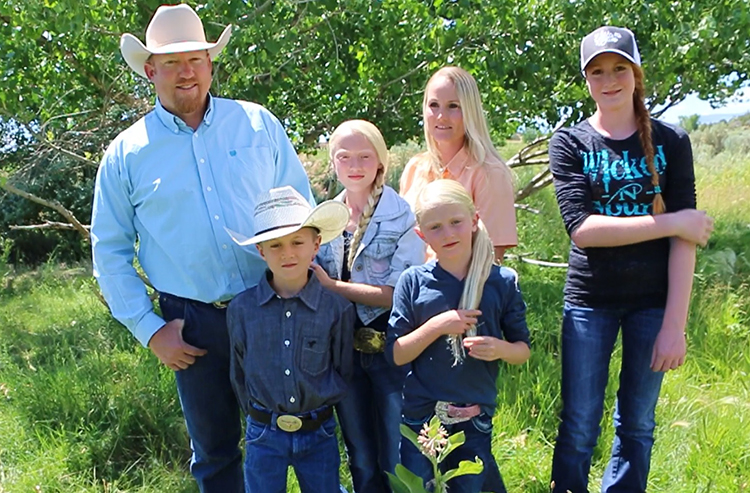

Most farmers in Utah work far more hours for less pay than they would if they were in corporate jobs. Most have only short vacations and wake at the crack of dawn to attend one of Utah’s 40 farmers markets on weekends. Why do they do it? Because they believe that freedom consists of working outside, working with their hands, working with animals or plants, and producing and connecting with land that has often been in the family for generations.
Farmers produce the bridge that connects our rural and city economies. Farmers are land stewards who can improve soil conditions and create amazing landscapes. Our conclusion: it’s about time that our state leaders realize the huge benefit family farms offer and begin taking more measures to protect them.
